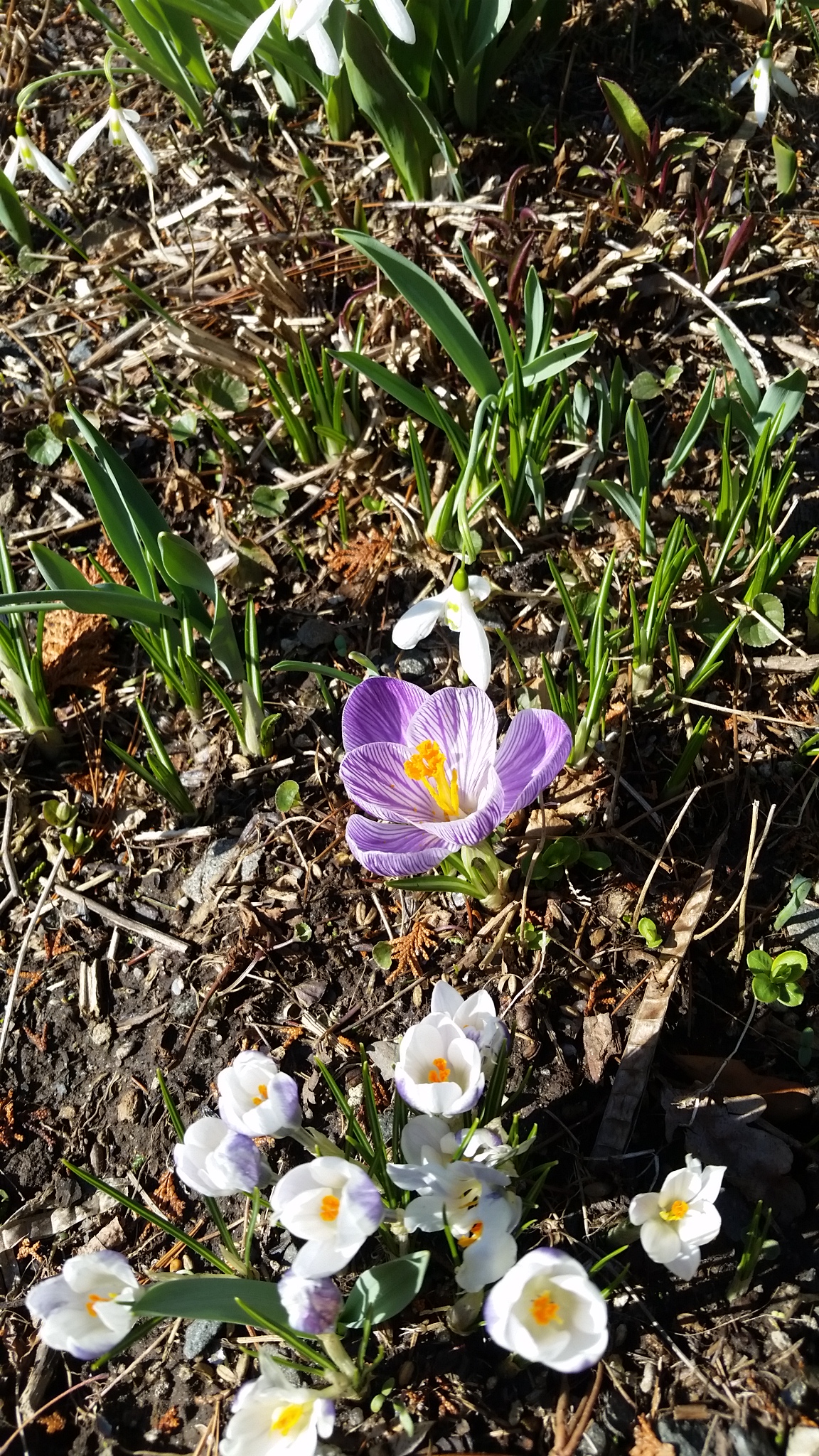Winter is on its way out and now is the time to start thinking of spring clean up projects. Although there is still a chance of frost in March, one can start to clear away detritus but keep leaf litter as a protection for spring bulbs and other tender ephemerals that are emerging.
There are a few apps that I have been looking into for gardening: Yardmap.org, which is a project of the Cornell Lab of Ornithology, is a valuable app that allows you to map your property and add in water and land features and trees and shrubs. Yardmap also includes a guide to native plants, making excellent choices available for attracting pollinators and birds.
Gardeners.com is a garden supply company that has a tool to help plan a vegetable garden by entering in measurements for the garden shape and size and output of production of what you want to grow.
Iscape is another app that is a great visual tool to use if you want to see what your property could look like while adding in trees, shrubs and perennials. One needs to upload a photo and then can make visual changes to the property using the app.
Better Homes and Gardens has great planning plans that are free online, but the app could be developed a little bit more to include important information such as Zones and other information.
One downside to some of these apps is that they don't use botanical nomenclature which is important since it enables the gardener to communicate with nurseries and other gardeners in a more effective way by narrowing down specific plants and trees to find an exact plant that one is looking for.
In any way, these apps do not take the place of good old fashioned pen and paper and the use of websites like MOBOT and RHS for nomenclature.
Happy hunting and here's to Spring!





